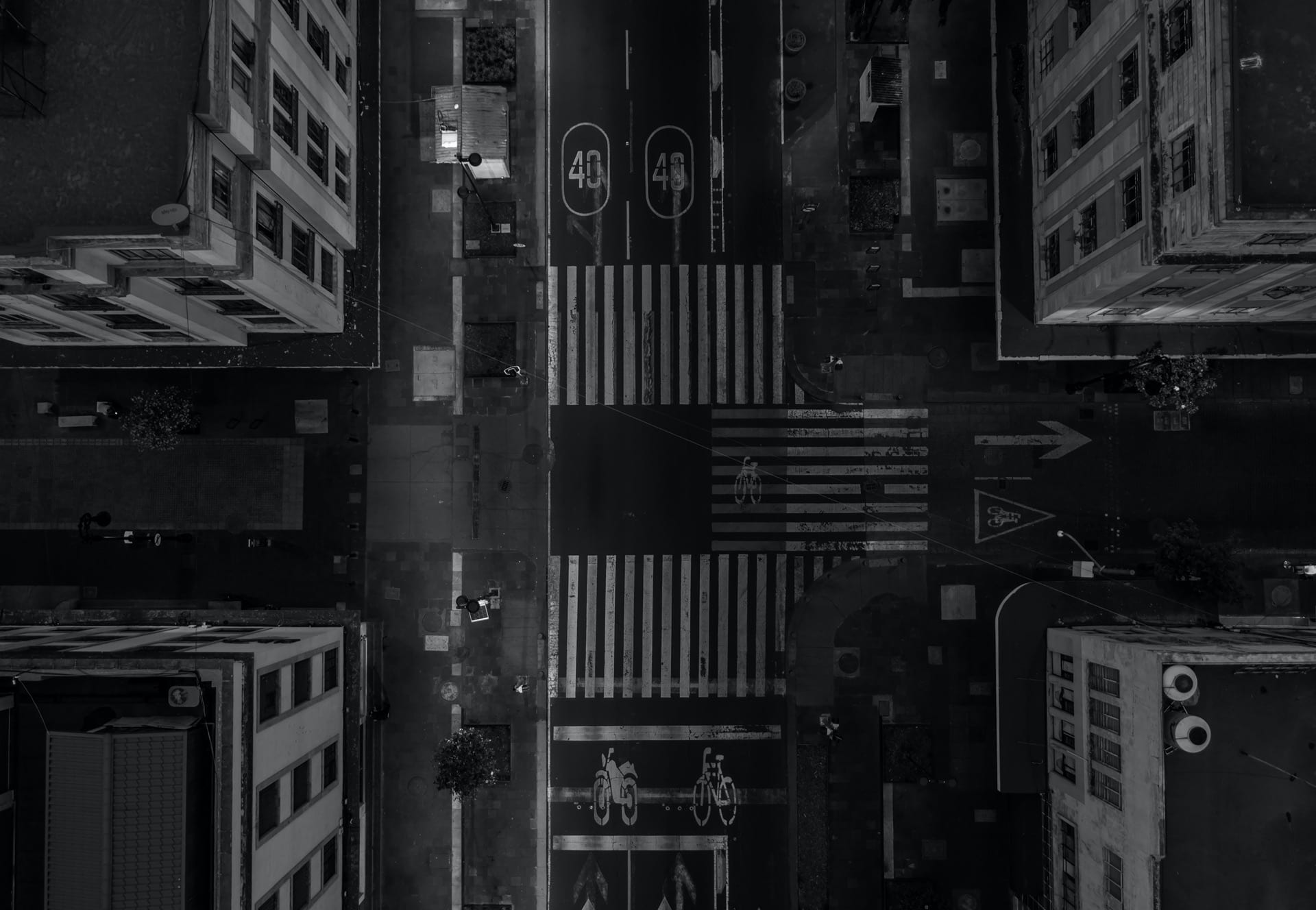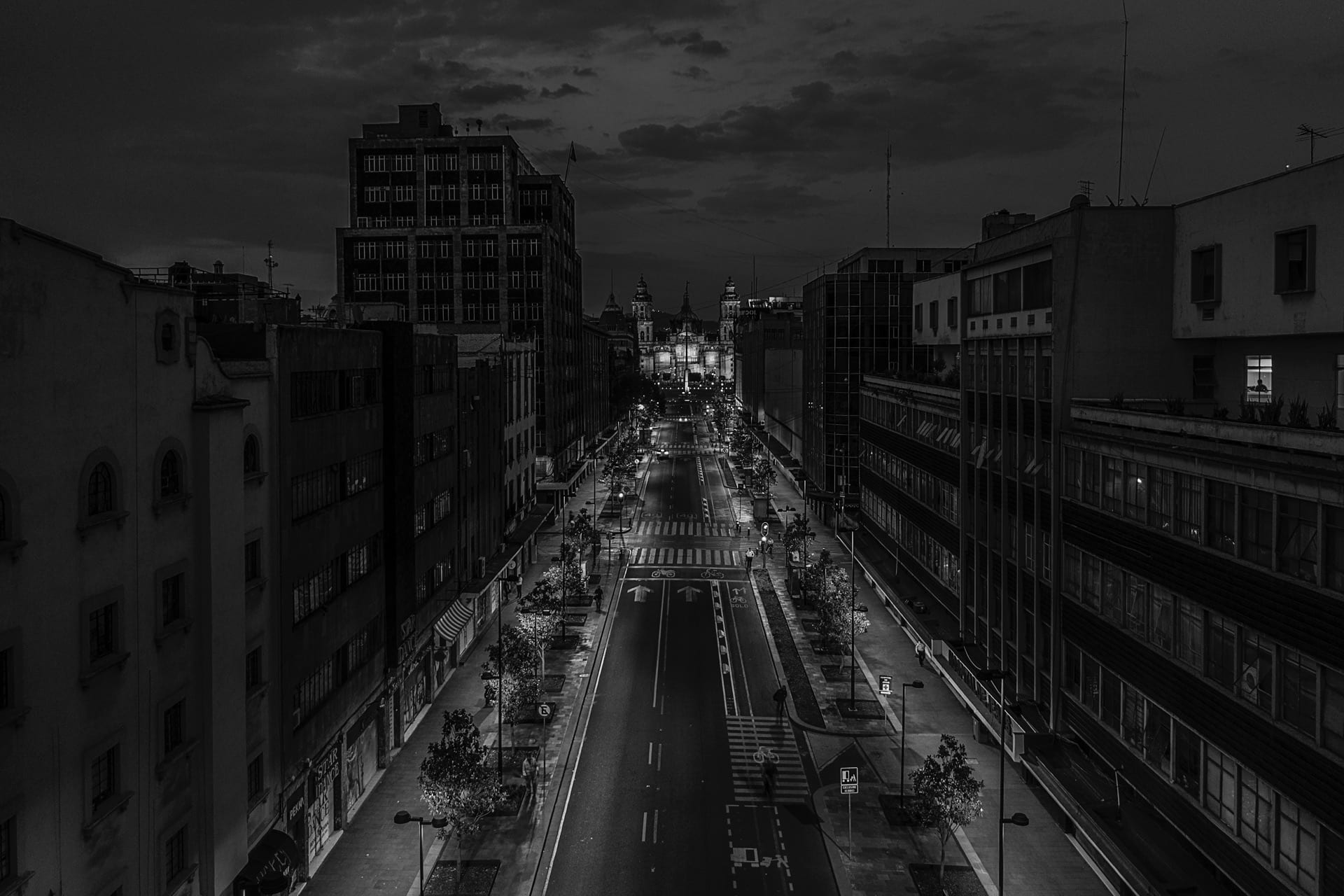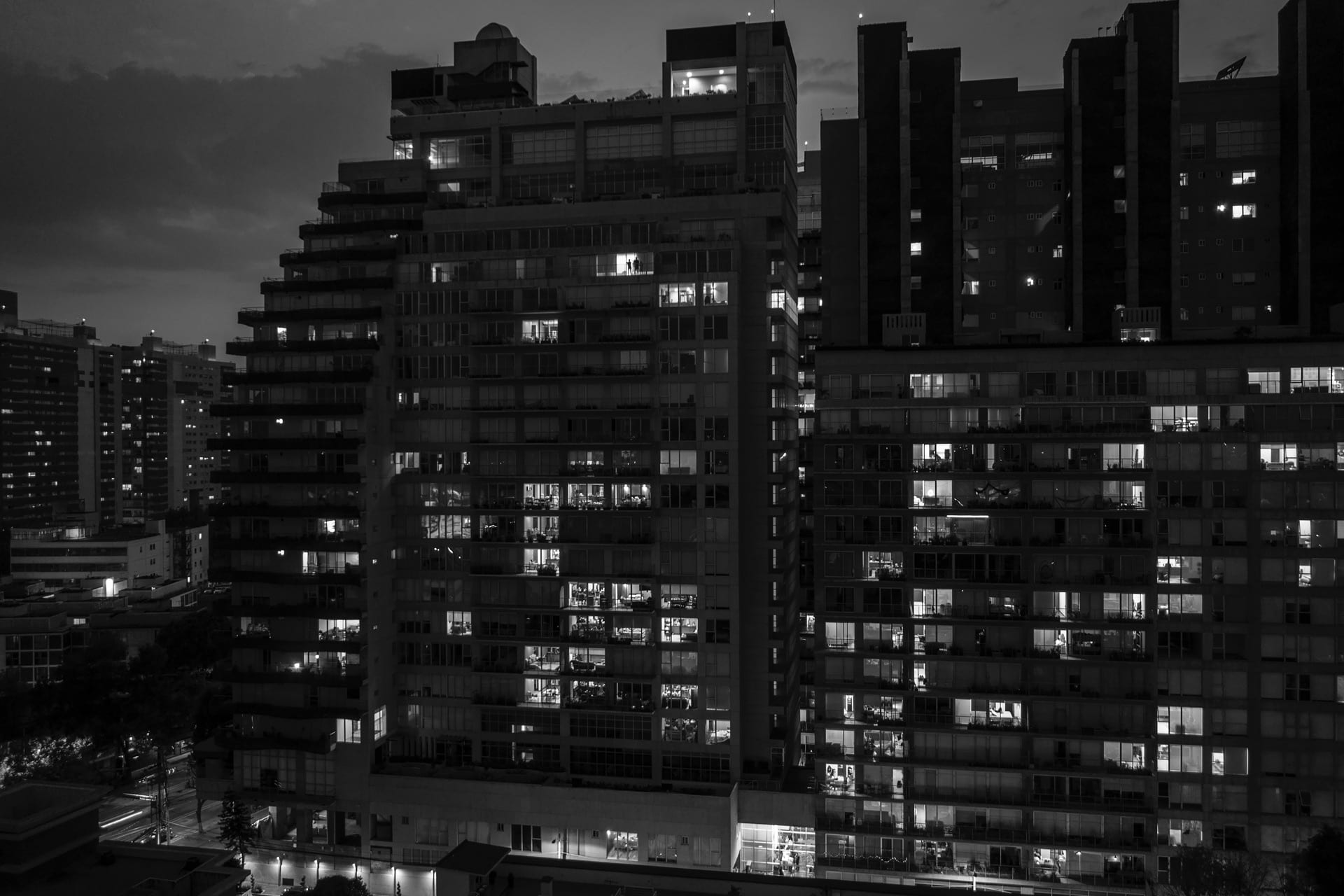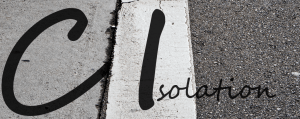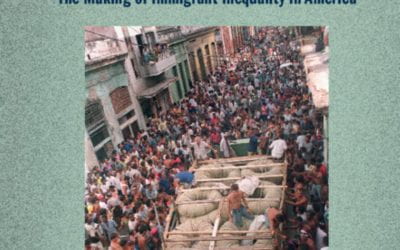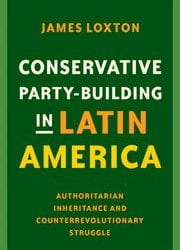A Look at Mexico City
Photos by Miguel Tovar
The first photo in this article is from the digital exhibition “Documenting the Impact of Covid-19 through Photography: Collective Isolation in Latin America,” curated in collaboration with ReVista and the Art, Culture, and Film program at Harvard’s David Rockefeller Center for Latin American Studies (DRCLAS.) The other photos, also by Juan Carlos, reflect other aspects of the political and social situation in El Salvador in the time of Covid-19.
The exhibition, based on an Open Call for Photography launched in July 2020, aims to create a critical visual record of our unprecedented times so they can be remembered by future generations. The exhibition seeks to promote a regional perspective from Latin America and the Caribbean of the collective isolation imposed by Covid-19.
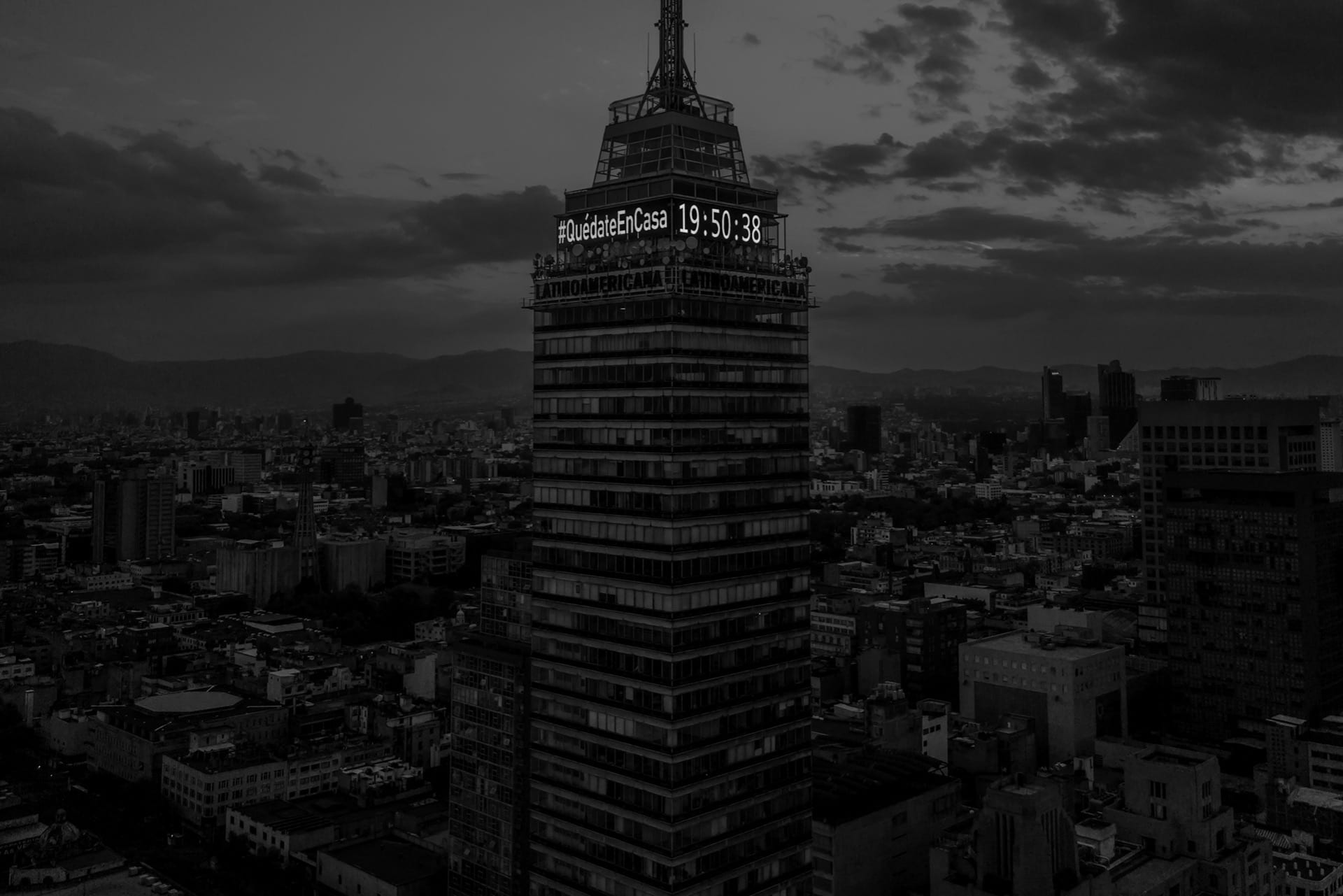
Dusk Phase 3 “#3”, in exhibition at “Documenting the Impact of Covid-19 through Photography: Collective Isolation in Latin America”
I live in a city of twenty million people. A city usually filled with cars and people that one day became empty. Sidewalks, parks, and other spaces are now abandoned, without any figures, not even passing shadows. This was once unimaginable. But the city I was born in has changed.
This moment unsettles me and intrigues me, not only because of the emptiness. I’m interested in the twilight, when natural light ends and street lamps illuminate the city. When the evening lights come on, it suddenly becomes clear that there are still people here, and we can see them more clearly. We can see where they find shelter, and where they do not dare go out of fear.
A children’s park, for example, is now a synonym of danger. But large buildings that look like honeycomb give signs of life, one light at a time. Every window is a universe: the world of a person or a family that is locked in. Our houses seems safe, yet we know we are trapped in them, as we have been since the beginning of what has been called the pandemic’s “Phase 3.”
- Dusk Phase 3 “#1”. Other work by Miguel Tovar
- Dusk Phase 3 “#2”
Since the start of stay-at-home orders, I have taken photographs at dusk every day. I want to continue documenting this period of the day, with an aesthetic focus rather than a newsy one. I do not want to focus on people with masks, but instead show the spaces they used to occupy before the pandemic, ones that are now abandoned, or filled with a sense of solitude.
I’ll focus on human absence, instead of its presence. I use black and white photography because it makes it harder to distinguish parts of the city, once you cannot see even the colors of the facades of homes. While color images of sundown usually depict warmth, black-and-white accentuate the strain and despair that fill our minds during days of quarantine.
My plan is to show the city’s divisions, the areas that are wealthy, occupied by people with professional jobs, and others that are poor, where people sometimes have no water. I will photograph the office buildings, central avenues, public parks and open-air markets, showing where people seem to suddenly be still, and were they have had to keep working.
- Dusk Phase 3 “#4”. Other work by Miguel Tovar
- Dusk Phase 3 “#5”
- Dusk Phase 3 “#6”
I have been photographing this entire series with a drone, first, because aerial vision allows me to work safely, without being near other people; I have altered my form of working because of the health risks. Second, because during the pandemic, many more birds have appeared in the city’s cleaner air, I try to see what they are seeing, and how they see us.
We’re told that the city will open gradually, but what will that normal life look like? Will our spaces remain as empty as they are now? We’re uncertain if this sense of enclosure, and this sense of dread, will be our new future.
Una Mirada a La Ciudad de México
Por Miguel Tovar
Fotos de Miguel Tovar
La primera foto utilizada en este artículo proviene de la exposición digital “Documentando el impacto de Covid-19 a través de la fotografía: Aislamiento colectivo en Latinoamérica,” curada por ReVista y el Art, Culture, and Film program del David Rockefeller Center for Latin American Studies (DRCLAS) de Harvard.
La exposición, resultado de un concurso de fotografía anunciado en Julio 2020, busca crear un registro visual de estos tiempos sin precedentes y contribuir a nuestra futura memoria histórica. 2020 será recordado como una año decisivo en el que una pandemia dejó al descubierto las desigualdades y fisuras dentro de nuestra sociedad y la relevancia de vivir y participar de la vida en comunidad incluso mientras se vive la pandemia de forma aislada. La muestra procura promover una perspectiva regional del aislamiento colectivo impuesto por el Covid-19 desde América Latina y el Caribe.

Dusk Phase 3 “#3” from “Collective Isolation in Latin America: Documenting the Impact of COVID-19 through Photography”.
Vivo en una ciudad habitada por 20 millones de personas. Una ciudad con calles siempre llenas de autos y personas, pero que un día quedó vacía. Hay esquinas, parques y lugares desolados, sin personas ni sombras siquiera. Algo que antes resultaba impensable, imposible de imaginar. La ciudad donde nací ha cambiado.
Me inquieta ver el momento extraordinario, me provoca curiosidad, pero no sólo por ver a los espacios vacíos. Me atrae el crepúsculo: cuando se apaga la luz del sol, la luz natural, y se encienden las lámparas, se enciende la ciudad. Al encenderse las luces podemos detectar que las personas siguen vivas, siguen aquí, y también dónde están. Cuáles son los lugares que eligen para resguardarse y cuáles los que abandonan por miedo.
Un parque infantil, por ejemplo, ahora es sinónimo de peligro. Y grandes edificios que parecen panales de abejas comienzan dar señales de vida, luz por luz. Cada ventana es un universo: el mundo de alguien o de alguna familia que está confinada. Nuestros hogares son lugar seguro y al mismo tiempo, donde estamos atrapados.
- Dusk Phase 3 “#2”
- Dusk Phase 3 “#4”. Other work by Miguel Tovar
Al iniciar el confinamiento por COVID-19, que en México ha sido llamado “fase 3”, comencé un registro fotográfico diario, siempre a la hora del crepúsculo. Es un trabajo en proceso y que segui realizándo para documentar este tiempo excepcional con un enfoque más estético que informativo. No busco retratar a las personas con cubre bocas sino los espacios que ocupaban antes de la pandemia, los espacios sin ellos, la soledad. No me centro en la presencia humana sino en su ausencia.
Tomo imágenes en blanco y negro porque creo que así se puede ver a la ciudad menos personalizada, sin el color que cada quien imprime por ejemplo al exterior de una casa. También porque la luz del ocaso en blanco y negro juega da mayor dramatismo. Si el ocaso retratado a colores genera imágenes cálidas, el blanco y negro acentúa la sordidez, la perturbación que es nuestro sentir hoy. Son tiempos de miedo y angustia, de vivir o morir, no de colores alegres.
- Dusk Phase 3 “#1”. Other work by Miguel Tovar
- Dusk Phase 3 “#5”
- Dusk Phase 3 “#6”
Elegí retratar desde el aire, por medio de un drone. Primero porque la visión aérea me permite trabajar desde un lugar seguro ya que no me expongo al contacto con otras personas, puedo tomar imágenes sin arriesgarme a contraer el virus (adapto mi forma de trabajar por seguridad y salud). En segundo lugar, elijo trabajar con una visión aérea porque en tiempos de pandemia con ciudades vacías, han regresado muchos pájaros a sobrevolarnos. Volando trato de mirar lo que ellos miran, ver cómo nos ven.
Nos autorizarán un regreso gradual pero ¿qué tanto volveremos? ¿Serán los espacios vacíos la nueva normalidad? No lo sabemos, tal vez esta oscuridad, este vivir dentro de casa sea nuestro futuro.
Miguel Tovar was the second-place winner in the photo competition “Documenting the Impact of Covid-19 through Photography: Collective Isolation in Latin America,” curated in collaboration with ReVista and the Art, Culture, and Film program at Harvard’s David Rockefeller Center for Latin American Studies (DRCLAS.)
Miguel Tovar ganó el segundo lugar en el concurso “Documentando el impacto de Covid-19 a través de la fotografía: Aislamiento colectivo en Latinoamérica,” curada por ReVista y el Art, Culture, and Film program del David Rockefeller Center for Latin American Studies (DRCLAS) de Harvard.
Related Articles
A Review of Cuban Privilege: the Making of Immigrant Inequality in America by Susan Eckstein
If anyone had any doubts that Cubans were treated exceptionally well by the United States immigration and welfare authorities, relative to other immigrant groups and even relative to …
A Review of Conservative Party-Building in Latin America: Authoritarian Inheritance and Counterrevolutionary Struggle
James Loxton’s Conservative Party-Building in Latin America: Authoritarian Inheritance and Counterrevolutionary Struggle makes very important, original contributions to the study of…
Endnote – Eyes on COVID-19
Endnote A Continuing SagaIt’s not over yet. Covid (we’ll drop the -19 going forward) is still causing deaths and serious illness in Latin America and the Caribbean, as elsewhere. One out of every four Covid deaths in the world has taken place in Latin America,...

